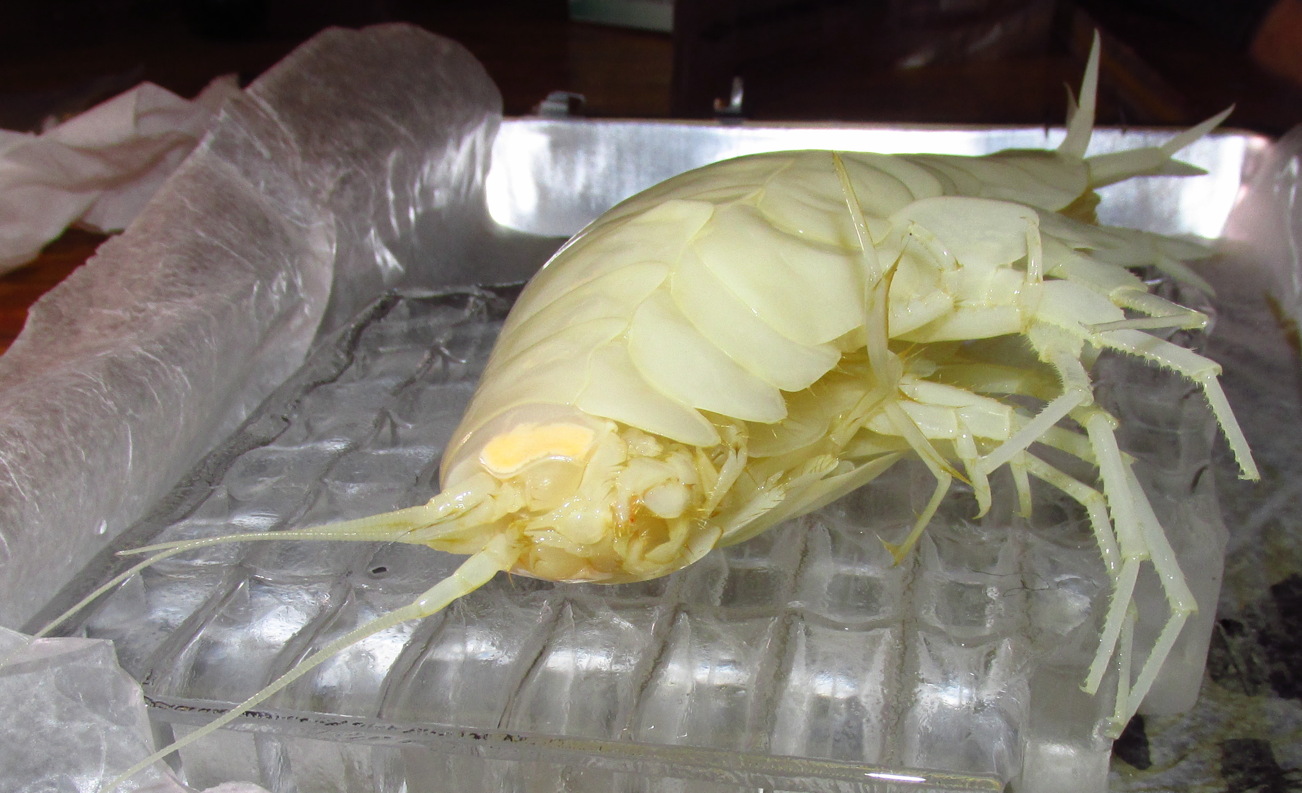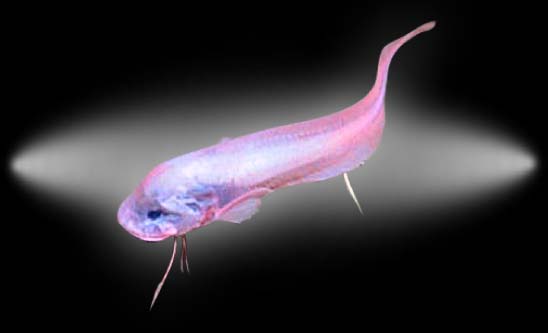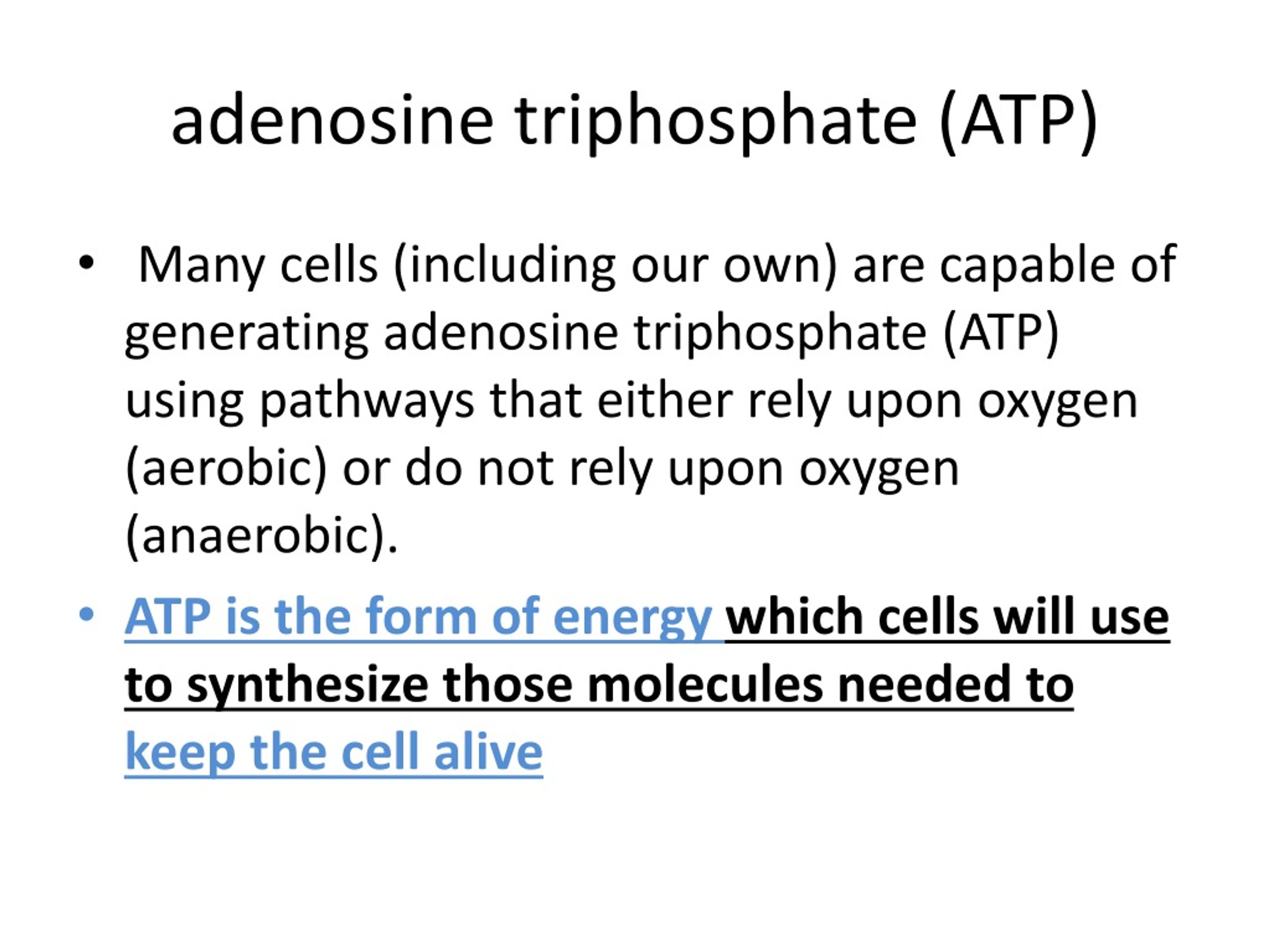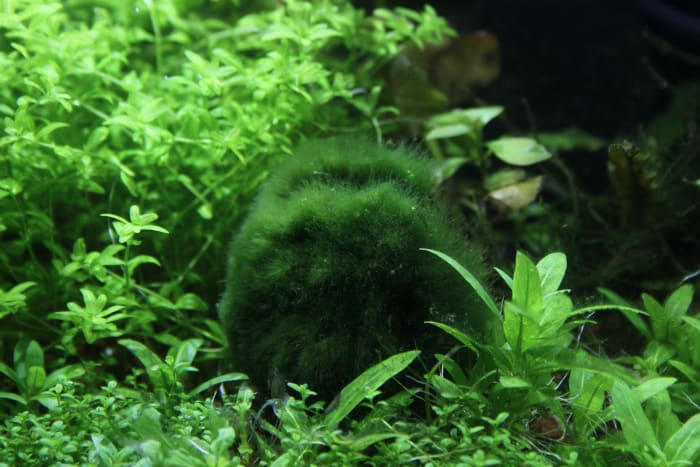Your Hadopelagic zone animals images are ready. Hadopelagic zone animals are a topic that is being searched for and liked by netizens today. You can Find and Download the Hadopelagic zone animals files here. Download all free photos and vectors.
If you’re looking for hadopelagic zone animals images information linked to the hadopelagic zone animals keyword, you have pay a visit to the ideal blog. Our website always gives you suggestions for refferencing the highest quality video and picture content, please kindly search and find more informative video content and graphics that match your interests.
Hadopelagic Zone Animals. Squid, swimming cucumbers, sea pigs, and sea spiders are among the animals present in this zone. Although there is no sunlight in the area, it is known that it is inhabited by a type of marine life known as hadopelagic or hadal fauna. This zone has about three fourths of the ocean floor in it. This refers to the deepest region of the ocean, which is located within oceanic trenches.
 The Ocean Biomes by Susie Lute From haikudeck.com
The Ocean Biomes by Susie Lute From haikudeck.com
This biology class game include the following depth zones and marine animals : Most of these creatures are invertebrates, animals without a backbone, such as basket stars and tiny squids. Animals of the hadal zone many marine organisms are found deep in the hadal and the most common groups are polychaetas , bivalves , gastropods , amphipods and holothurians. The ocean is divided into multiple depth zones; The hadopelagic zone is found in deep ocean trenches below 6,000 meters (19,700 feet). Sperm whales will hunt at these depths on occasion to prey on giant squid.
The very deepest part of the ocean is the mariana trench.
Sperm whales will hunt at these depths on occasion to prey on giant squid. From 6000 to 11000 meters. Blobfish may be found in the aphotic zone of the ocean. The temperature is always just a few degrees above freezing and the immense pressure is around 8 tons per square inch. Animals living in the bathypelagic zone rely on detritus for food or on eating other animals in this zone. The hadalpelagic zone is the deepest of the deep sea�s layers.
 Source: pinterest.jp
Source: pinterest.jp
The abyssal zone is an area of the ocean that is between 13,123 and 19,685 feet deep at its lowest point. Abyssal zone angler fish black swallower; This biology class game include the following depth zones and marine animals : At this depth there is no perceivable light so there are no plants, resulting in very little food being available to sustain animal life. Most of these creatures are invertebrates, animals without a backbone, such as basket stars and tiny squids.
 Source: people.whitman.edu
Source: people.whitman.edu
These animals include fish, shrimp, squid, snipe eels, jellyfish, and zooplankton. As well as representing the deepest 45 percent of the ocean’s bathymetric range, the hadal zone is interesting due to its unique topographical features. The animals found most often in the hadopelagic zone are called amphipods. The ocean is divided into multiple depth zones; There are a number of marine animals that live in the mesopelagic zone.
 Source: aquariumofpacific.org
Source: aquariumofpacific.org
The majority of the species that live here have no eyes and are transparent. The hadalpelagic zone is the deepest of the deep sea�s layers. These include cetaceans, sea turtles and large fish such as ocean sunfish (which is shown in the image), bluefin tuna, swordfish, and sharks. The abyssal zone is an area of the ocean that is between 13,123 and 19,685 feet deep at its lowest point. The deepest zone of the sea is referred to as “the trenches” or hadalpelagic zone.
 Source: haikudeck.com
Source: haikudeck.com
Only two submersibles have ever reached that depth: The abyssal zone is an area of the ocean that is between 13,123 and 19,685 feet deep at its lowest point. Abyssal zone angler fish black swallower; Seabirds such as shearwaters, petrels and gannets can be found above the pelagic zone. Posted on march 26, 2019.
 Source: slideshare.net
Source: slideshare.net
Algae that live in the epipelagic zone are responsible for much of the original food production for the entire ocean and create at least 50% of the oxygen in the atmosphere (both through photosynthesis). The epipelagic is home to all sorts of iconic animals, like whales and dolphins, billfishes, tunas, jellyfishes, sharks, and many other groups. Jellyfish sea turtle dolphin bigeye tuna blue whale; These include cetaceans, sea turtles and large fish such as ocean sunfish (which is shown in the image), bluefin tuna, swordfish, and sharks. The majority of the species that live here have no eyes and are transparent.
 Source: iflscience.com
Source: iflscience.com
Viperfish are some of the most common in the upper hadopelagic zone, using their unique photospheres to communicate with potential mates and other hunting viperfish, before seizing smaller prey like lanternfish with their long immobilising maws. This biology class game include the following depth zones and marine animals : The only zone deeper than this is the hadalpelagic zone, which includes areas found in deep sea trenches and canyons. This zone has about three fourths of the ocean floor in it. It�s deepest point is 11,000m.
This site is an open community for users to share their favorite wallpapers on the internet, all images or pictures in this website are for personal wallpaper use only, it is stricly prohibited to use this wallpaper for commercial purposes, if you are the author and find this image is shared without your permission, please kindly raise a DMCA report to Us.
If you find this site convienient, please support us by sharing this posts to your favorite social media accounts like Facebook, Instagram and so on or you can also bookmark this blog page with the title hadopelagic zone animals by using Ctrl + D for devices a laptop with a Windows operating system or Command + D for laptops with an Apple operating system. If you use a smartphone, you can also use the drawer menu of the browser you are using. Whether it’s a Windows, Mac, iOS or Android operating system, you will still be able to bookmark this website.





